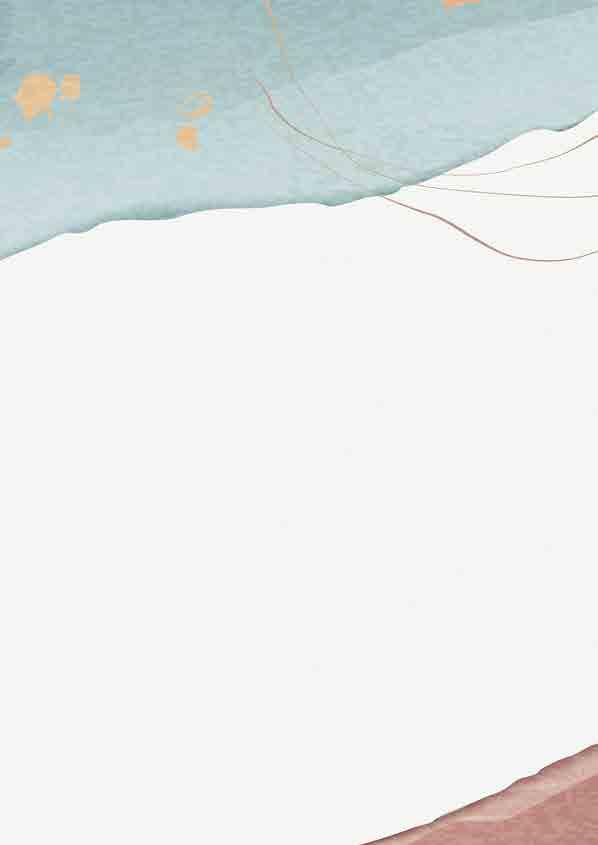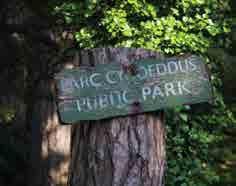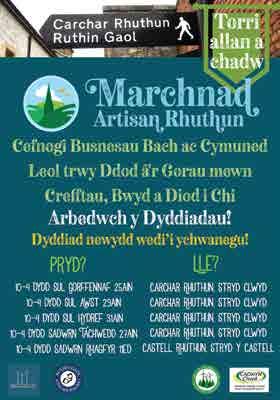
6 minute read
Park Bench
Park Life
Filling a holiday void is no mean feat, but Stephen Gregory has found both solace and inspiration in his local park…
We’re all feeling frustrated by the lockdowns and restrictions and being told to stay at home. We’ve cancelled holidays, or postponed them, maybe once or twice or even three times.
Of course we’re saving money by having ‘staycations’, instead of jetting off to see the wonders of Macchu Picchu or the Serengeti or Angkor Wat, and we’re saving the planet too instead of choking the atmosphere with pollution.

And here’s another way of looking at it. Two hundred years ago, in the first part of the 19th Century, the poet and philosopher
Henry David Thoreau was writing about the special joy of rediscovering our closest surroundings, the pleasures of being intimate with small spaces close to home. Indeed, living in the woodlands of his native Massachusetts, Thoreau discovered that he could survive perfectly comfortably by working hard for just one day a week… leaving himself the other six days to contemplate what he called ‘the divinity of Nature’.
We’re lucky, here in Caernarfon. Of course we have access to the nearby beaches and mountains… but there’s a gem of a park a few hundred yards from our house, where Thoreau would have been in heaven.
Known simply as Parc y Dre, on Seiont Mill Road, it’s hidden beneath busy traffic and the archways of the old railway. And it’s
a real wonder, a manifestation of the divinity of Nature.
Having said that, I should explain that its current design and development were largely the work of one man, a truly gentle gentleman and gardener we were privileged to know, Mr Ifor Lloyd.
For a few years after his retirement as park superintendent, our dear Mr Lloyd worked on my wife’s beautiful garden and its stand of seven magnificent beeches. He worked with the
love and care and tireless, unflappable energy which were his
special gifts. It was Mr Lloyd who developed the little park on the edge of Caernarfon, in woodland along the banks of the river Seiont.
You won’t find it by chance. You might stumble upon it if you
take a wrong turn as you’re driving south, out of Caernarfon… and if you do, you’ll find yourself in a secret world of gentle
loveliness, a legacy of Mr Ifor Lloyd’s gentleness and love.
Ifor himself was a special character. When he wasn’t working, or caring for his beloved wife Nell or his prize-winning dahlias, he was talking and laughing and bantering with his friends and acquaintances in town. Immaculate in a shirt and tie, in a tweed jacket and carefully pressed trousers and polished brogues, he was always in robust good humour. If you find
yourself in the park which he developed, you can stroll around the lake he almost single-handedly dug out and then filled by
directing the streams into it from the nearby river – and you can marvel at the trees he planted.
Now fully mature, some of the older Victorian plantings tower hundreds of feet high. There are cedars and Scots pine, there are oak and ash, artfully contrasting with the copper beech and horse chestnut and sweet chestnut… yes, artfully, where the


hands of a long-sighted man and his forerunners have inspired Nature itself to produce a living masterpiece.
Right now, in midsummer, the park is marvellously shaggy, almost overgrown. The trees are in full summer foliage. Around the edges of the lake, looking perfectly natural as though we’re in some kind of prehistoric rainforest, there are stands of bamboo and even the gigantic umbrella leaves of gunnera which Ifor was especially proud of (for he was a rhubarb man) a savage and prickly eruption of the rhubarb family, more than six feet tall. In the spring the park was a wonderland of bluebells and garlic… now it’s abloom with purple rhododendron, wild with foxgloves and fireweed and


every kind of native flower.
And again, thanks to the forethought and sheer hard work of Mr Lloyd, the birds have found themselves a safe and secret world. There are coots and moorhen on the lake, and of course the ubiquitous gulls. The air is filled with the songs of
blackbird and wren, of the visiting warblers such as chiffchaff and blackcap.
And the swans – the swans are a special favourite of locals like us, who are enjoying the intimacy of this little place. The same pair have been nesting there and successfully raising their young for many years now. Swans are monogamous, they bond for a whole lifetime, and they have made their home on one of yachts on the Llŷn Peninsula, are oblivious of the little miracle
just below them.
The divinity of Nature… with a helping hand from Man, a man we were blessed to know. n
the islands on Ifor’s lake. They sail forward, flaring their superb
white wings, and take the bread we’ve brought them. And their four of five cygnets quickly grow bigger and stronger, their
dun-grey fledgling plumage streaking into silver and white.
A couple of year ago, they lost one of their cygnets. There were five and then there were only four. Perhaps a fox had
been visiting and found a substantial, succulent meal one night. In any case, the ever-faithful parent birds focused their attentions on the remaining four as they grew into graceful, stately swans like themselves.
The same summer, we had a rare and wonderful visitor to the park. One afternoon, for one afternoon only, there was a black swan on the lake.
A black swan, really a native of Australia or New Zealand, not a native of Britain… This silky, velvety black creature had probably strayed from a private collection and found its way to the river Seiont and the tranquil haven afforded by Mr Lloyd’s lake. For a short while it graced our secret, special park. It sailed silently on the calm green waters, nibbling at the weeds below the surface.
We watched and wondered, grateful for the gift of this visiting beauty, and of course we looked on our smartphone to learn a little more about it. Finding its Latin name, cygnus atratus, which means a swan which is dressed in mourning clothes, we fancifully attributed its unexpected appearance to the other swans’ loss of one of their cygnets. A black swan, on the lake in our park, joining its cousins in mourning…
Meanwhile, while we embrace the philosophy of David Henry Thoreau and savour the loveliness so close to our home, the rest of the world goes swishing past. The road going south from Caernarfon is above our heads, heading out of town in the direction of Porthmadog and Pwllheli… and the drivers of their expensive SUVs and exotic cars, on their way to villas and
With many thanks to Nick Coburn Phillips for supplying the images
Stephen Gregory’s first novel, The Cormorant, which he wrote in Snowdonia 35 years ago, has been published several times in both the UK and the USA, and translated into German, Polish and Italian. The new edition, which is available from Parthian Books, is its tenth publication.

GO LIVE are a band of musicians and music therapists, profoundly moved by the pandemic's devastation. We champion the kings and queens of our hearts working in the NHS and give the wings of love to angels isolated in residential and nursing homes and hospices, with songs, dancing and fun bringing families and communities from within the footprint of the Betsi Cadwaladr Health Board together to help Covid 19 Heroes, and Victims GET OVER BEING UNDER LOCKDOWN
Find out more information and how to support and upcoming Heart Rock Live concerts Golive.org.uk
@GiveNHSLove












